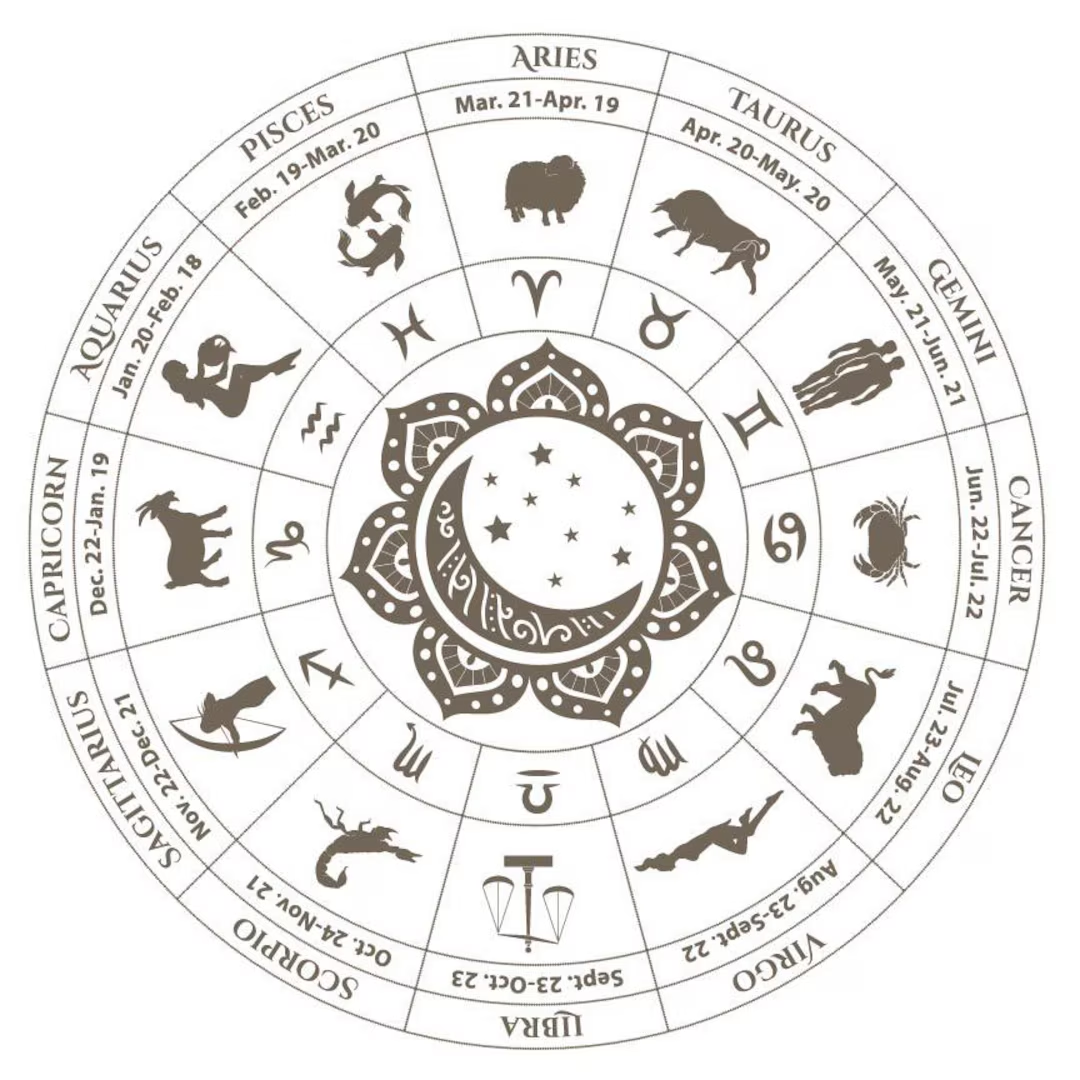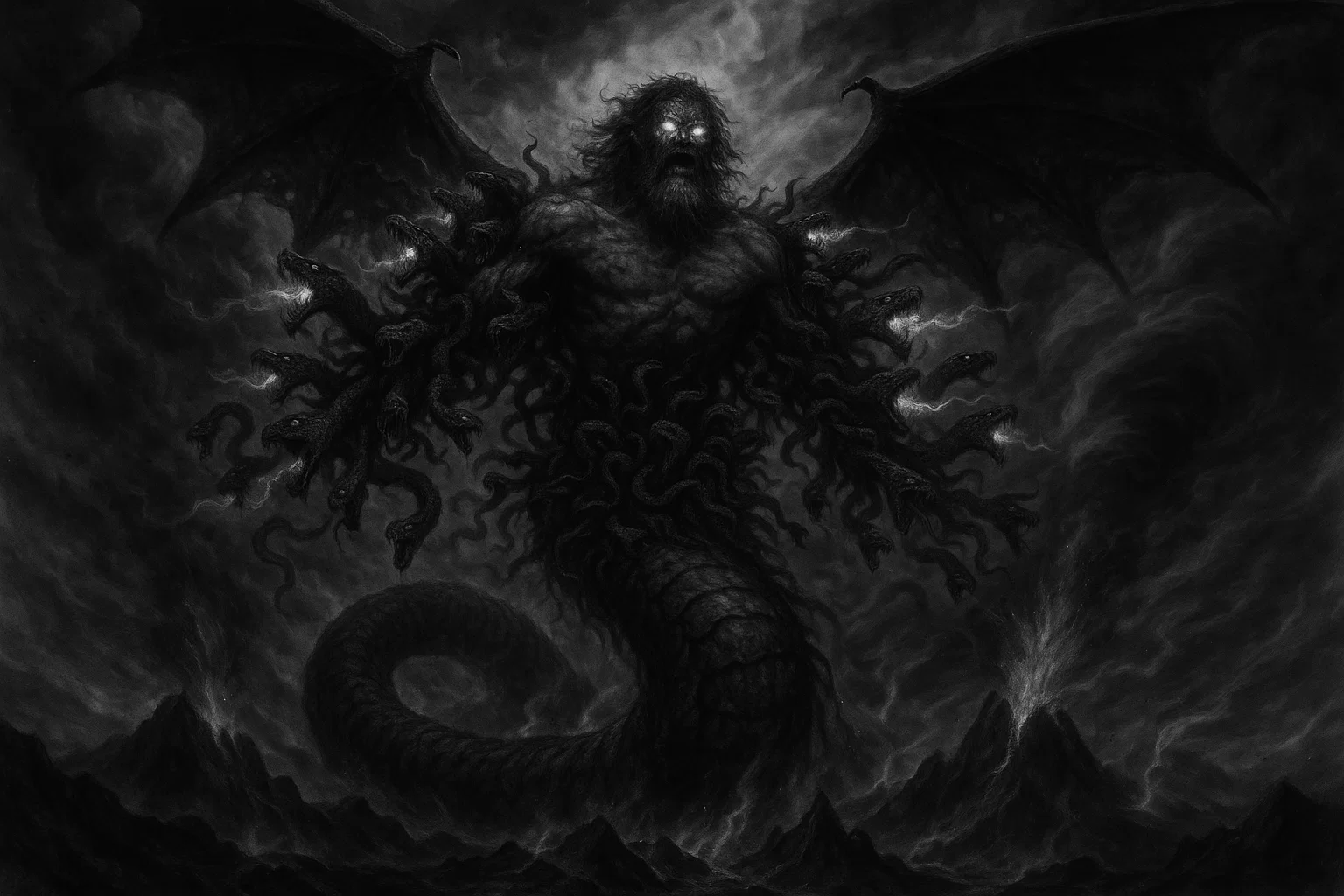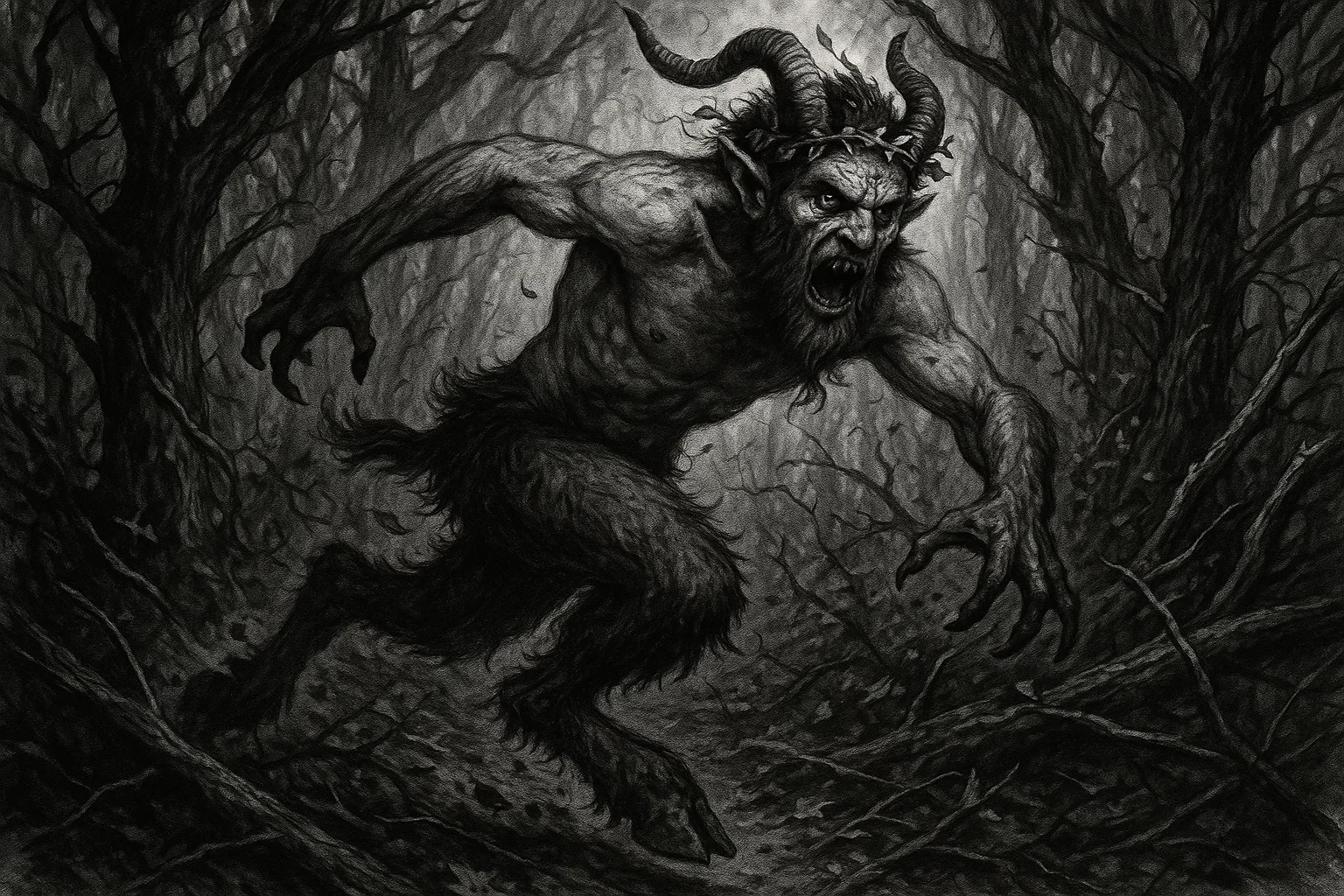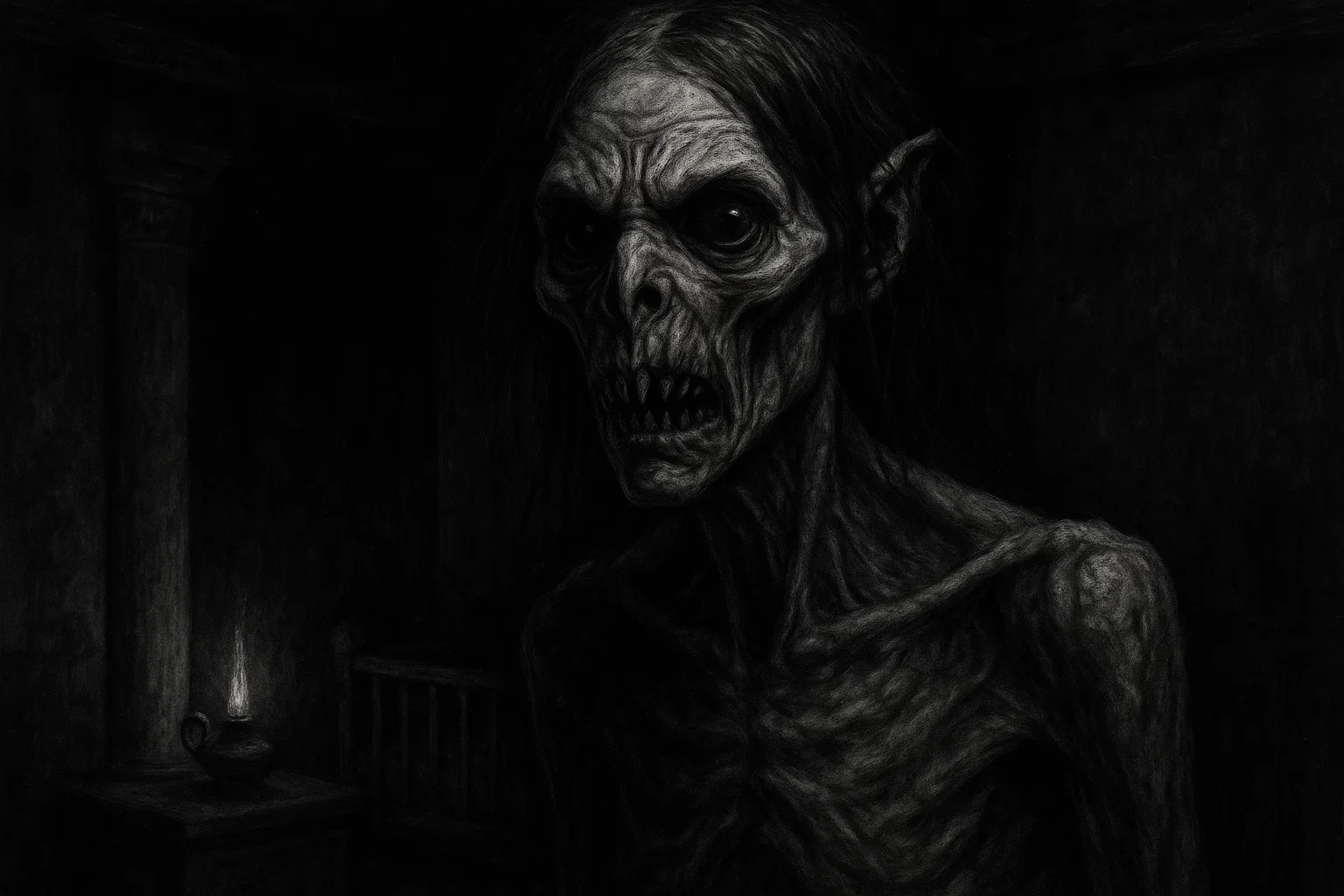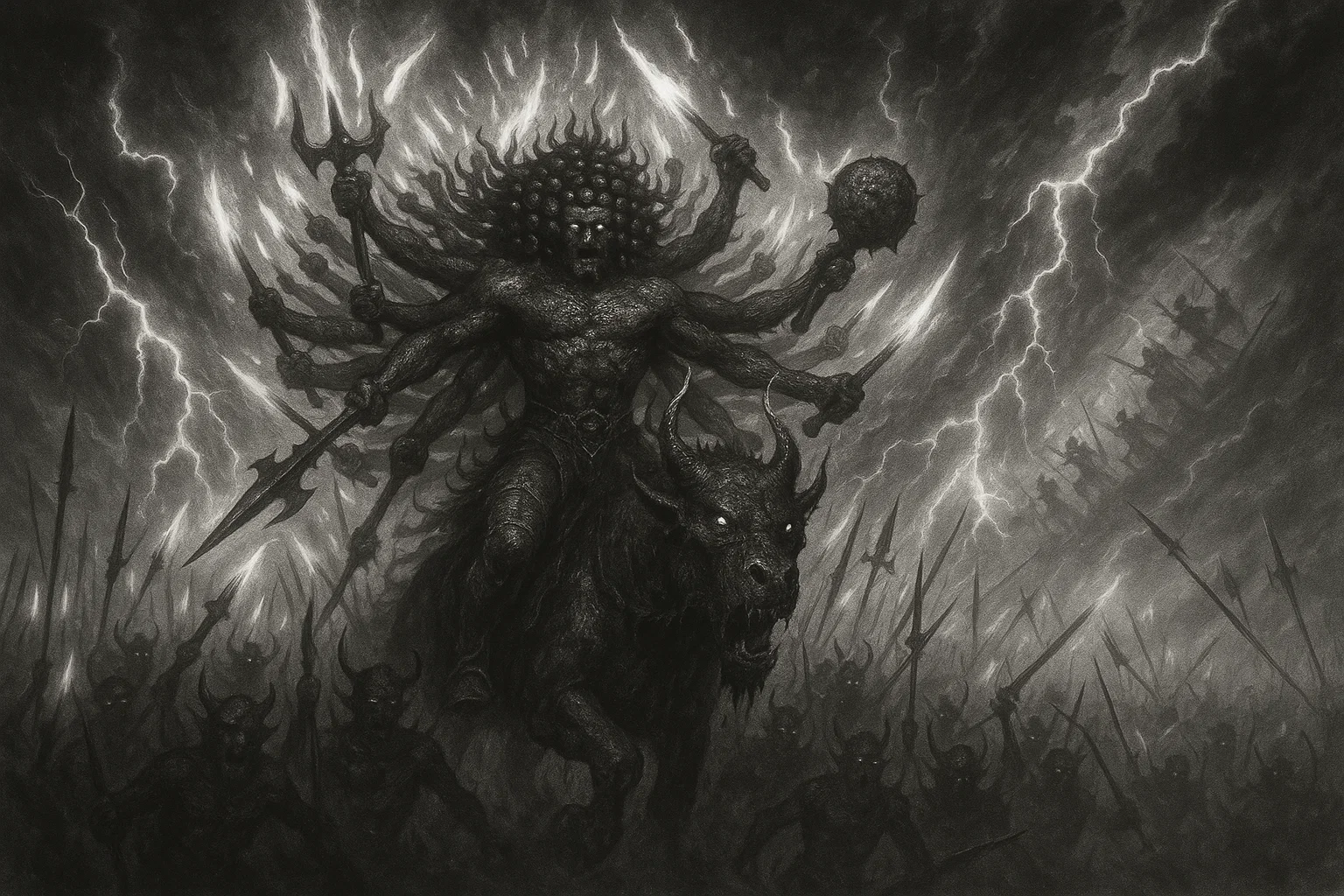The Dingonek is a notorious, bizzare, semi-aquatic cryptid primarily associated with Lake Victoria and its massive network of river systems in East Africa, particularly southern Kenya.
The creature is described as abnormal and hybrid, often reported to have a body covered in leopard-like spots and tough, armor-like scales, complemented by predatory fangs.
The Dingonek gained significant notoriety in the early 20th century, emerging into Western consciousness through the dramatic 1907 account of big-game hunter John Alfred Jordan, whose claims cemented the creature’s place in cryptozoological lore.
Summary
Overview
| Attribute | Details |
| Name | Dingonek |
| Aliases | Reptilian ‘Bounder’; Beast-Fish; Ol-maima (Maa term for Nile monitor/cripple); often equated with Lukwata |
| Threat Level | Aggressive/Predatory |
| Habitat | Lake Victoria (Lake Nyanza), Maggori River, Mara River; rivers, swamps, and tributaries of southern Kenya and northern Tanzania |
| Physical Traits | Reported lengths range from 14–18 feet (4.3–5.5 m); broad, hippo-like back; body covered in leopard-like spots and armadillo- or pangolin-like scales; large head (lioness- or otter-like); two prominent white downward-pointing fangs (tusks); powerful, wide, finned tail |
| Reported Sightings | Maggori River (Kenya); Lake Victoria, especially near Homa Mountain (Kenya/Uganda); Mara River (Kenya/Tanzania) |
| First Documented Sighting | 1907 (reported by John Alfred Jordan) |
| Species Classification | Unknown (Speculated as a relict Saurian, aquatic feline, or giant Monitor Lizard) |
| Type | Aquatic/Semi-Aquatic, Terrestrial (River Monster) |
| Behavior & Traits | Extremely elusive; known for rapidly plunging into water upon sight of humans; allegedly impervious to small-caliber rifle fire (.303); powerful swimmer using its tail; potential apex predator targeting large animals |
| Evidence | Eyewitness accounts (multiple parties, but inconsistent details); unverified footprint casts described as hippo-sized with reptilian claw-marks |
| Possible Explanations | Misidentified Nile Monitor Lizard; Exaggerated accounts/hoaxes; Relict Aquatic Feline (as suggested by Heuvelmans); Survival of a prehistoric Dicynodont |
| Status | Ongoing Mystery, Actively discussed in cryptozoology due to conflicting accounts and geographical isolation. |
Who or What Is the Dingonek?
The Dingonek is an iconic example of African cryptozoology, gaining prominence through the writings of colonial-era big-game hunters.5 Its debut in Western literature occurred in the 1910 memoir In Closed Territory, penned by American hunter Edgar Beecher Bronson.
Bronson relayed the story told to him by John Alfred Jordan, a fellow hunter and notorious ivory poacher, who claimed to have encountered the creature near the Maggori River in 1907. Jordan claimed his African porters—the Lumbwa—were the ones who originally referred to the beast as the Dingonek.
Jordan’s description was designed for maximum impact, calling the creature the “infernal horror of the reptilian ‘bounder’,” a description that captured the imagination of Western readers.
The allure of the Dingonek was directly tied to the potential for fame and fortune. Jordan stated that such a discovery would be worth a substantial sum—”five or ten thousand quid at least”—confirming that the motivation for finding the beast was economic and tied to colonial-era trophy acquisition.
This framing helped elevate the Dingonek from a simple local legend to an international phenomenon, leading MacLean’s magazine to sensationally declare it a newly discovered animal species in 1918.
While its primary source, Jordan, had sensationalist motives, the British official Charles William Hobley later confirmed that the reports derived from a pervasive, local belief in a large, unidentified lake reptile.
Your Personalized, Hyper Accurate Moon & Astrology Reading
Limited time offer: Get your FREE, fully personalized Moon & Astrology Reading that takes astrology to a whole new level. Discover the secret depths of your personality, relationships, and true purpose in life.
What Does the Dingonek Look Like?
The Dingonek’s physical description is a patchwork of features borrowed from several African species, creating a truly monstrous hybrid. Its alleged size is substantial, with length estimates ranging from 14 to 18 feet (4.3–5.5 m), and some reports suggesting it weighs around 340 pounds (155 kg).
The most distinctive traits are its integument and head. The body is described as possessing a broad, hippo-like back. However, instead of bare skin, it is said to be covered in a mosaic of tough, armor-like scales overlaid with the spotted pattern of a leopard.
Jordan’s comparison of the “armadillo scales” to armadillo armor is considered inaccurate by cryptozoologists, since armadillos are exclusively New World animals, leading some to speculate that the armor plating might resemble that of an African pangolin.
The head is arguably the most fiercely debated feature, with two conflicting descriptions provided by different witnesses.
John Alfred Jordan maintained that the head was large, comparable to that of a lioness, marked like a leopard’s, and armed with two long, white, downward-pointing fangs or tusks. These tusks lend the creature an aggressive, prehistoric appearance.
Conversely, an anonymous witness reported by Charles William Hobley gave a much more restrained description, characterizing the head as small and otter-like and explicitly stating that the long fangs were absent.
This discrepancy highlights the contrast between the sensationalized origin story and subsequent, less embellished claims. Regardless of head shape, all accounts agree that the Dingonek possesses a wide, muscular, finned tail that it uses effectively for aquatic propulsion in rapid river currents.
You May Also Like: Lizard Man of Lee County Cryptid: Sightings, Tracks, and Legends
Habitat
The Dingonek is inextricably linked to the enormous freshwater system of Lake Victoria and the vast, dense terrain surrounding its tributaries in East Africa.
Lake Victoria, known locally as Lake Nyanza, is the creature’s primary assumed home, providing an enormous, deep aquatic environment capable of hiding large, unknown fauna.
The cryptid is most frequently reported in the major rivers that feed the lake. The Maggori River in Kenya plays a prominent role in John Alfred Jordan’s original tale. Jordan specifically mentioned that the creature appeared from the lake up the Maggori River and that he kept his hunters on the lookout when the river was in high flood.
This association with floodwaters suggests the Dingonek is a creature that uses seasonal high water levels to travel between the lake and terrestrial hunting grounds, a behavior typical of large African river fauna. Another confirmed sighting location is the Mara River (also known as Ngare Dubash), which flows through the Kenya-Tanzania border region before emptying into Lake Victoria.
The geographical location—remote rivers traversing vast areas of what was once considered impenetrable territory—allowed for the continued belief in the creature’s existence.
This environment, characterized by dense savannah, riparian forest, and massive, swift currents, is already home to established apex predators like the Nile crocodile and hippopotamus, leading to speculation that the Dingonek occupies a niche as a prehistoric holdover or a giant, unclassified predator that preys on animals as large as hippos.
Dingonek Sightings
The Dingonek’s history is defined by a small number of influential sightings, all clustered around the early 20th century. These accounts, though few, provide varying degrees of detail and credibility.
The most consistent element is the sighting location: Lake Victoria and its feeder rivers.
| Date | Place | Witness Details | Description | Reliability |
| 1900 | Lake Victoria (near Homa Mountain, northeastern waters) | Clement Hill, British Superintendent of African Protectorates | A dark, roundish head and neck emerged from the depths and tried to seize a sailor from the bow of his steam-powered launch; Hill was certain it was not a crocodile. | Medium: High-ranking, reputable colonial witness; observation was close-range but brief, describing a general lake monster (Lukwata-like). |
| 1907 | Maggori River, Kenya | John Alfred Jordan, big-game hunter, and his Lumbwa hunters (Mataia, Mosoni) | A frightful beast, described as a cross between a sea serpent, a leopard, and a whale; 14–15 ft long, scaled, spotted, with large fangs; impervious to rifle fire; plunged into the river. | Low: Single primary Western witness (Jordan); description heavily embellished and relayed via Bronson; strong motivation (prize money) mentioned. |
| Pre-1913 | Mara River (Ngare Dubash), Kenya/Tanzania | Anonymous witness (reported by Charles William Hobley) | Estimated 16 ft long; spotted and covered with scales; head resembled an otter; seen floating on a large log; did not have the long fangs reported by Jordan. Shot at, it slid into the water and vanished. | Medium: Secondhand account but provides a much more restrained and plausible description than Jordan’s. |
| Various | Lake Victoria North Shore | Baganda, Wasoga, Kavirondo people | Historical accounts of the Luquata (Lukwata), a great lake reptile of size and terrible appearance, worshipped through burnt offerings of cattle and sheep. | High (Cultural/Historical): Predates colonial contact; confirms the existence of a regional large aquatic monster tradition. |
Awaken XT is unlike anything you’ve ever tried before…
…it’s based off a closely guarded formula that’s said to be able to supercharge your pineal gland and help you access your untapped inner power. With it’s unique blend of extremely hard to source ingredients, Awaken XT helps support the healthy functioning of your pineal gland, as well as your other organs in your body.
The Maggori River Encounter (John Alfred Jordan, 1907)
The most famous encounter is that of John Alfred Jordan, reported by Edgar Beecher Bronson. Jordan claimed that his Lumbwa hunters, including Mataia and Mosoni, rushed back to him, frightened by a strange beast on the riverbank that plunged into the Maggori River when it saw them.
The hunters described it as a combination of a sea serpent, a leopard, and a whale. Jordan himself later sighted the animal, confirming its extraordinary nature. He recalled that the creature reared up on its tail, but he was too busy trying to escape to examine its legs closely.
He claimed that he fired a shot from a .303 rifle just behind the beast’s ear, a spot typically lethal to large game, but the bullet seemed to have no effect. The animal was not seen again, leaving the mystery of its survival unresolved.
This specific account is considered the genesis of the sensationalized Dingonek, defined by its massive size, armored scales, leopard markings, and aggressive tusks.
You May Also Like: What Is the Katshituashku—Man-Eating Monster or a Mastodon-Type Cryptid?
The Lake Victoria Incident (Clement Hill, 1900)
Preceding Jordan’s account by several years was the sighting made by Clement Hill, the British Superintendent of African Protectorates.
In 1900, while aboard a steam-powered launch on the northeastern waters of Lake Victoria, Hill reported that something large, with a dark, roundish head and neck, appeared from the water and aggressively attempted to grab a sailor from the ship’s prow.
Hill was convinced that the creature was not a crocodile, which are common in the lake. Though this sighting did not use the name Dingonek, it describes a massive, unclassified aquatic predator—a type of lake monster long documented in indigenous lore as the Lukwata.
This encounter provides crucial historical context, showing that stories of large, lizard-like creatures in Lake Victoria circulated among colonial administrators before Jordan’s specific, highly descriptive narrative emerged.
The Mara River Report (Anonymous Witness, pre-1913)
In the wake of Bronson’s 1910 memoir, colonial administrator Charles William Hobley collected further accounts, notably publishing an article in 1913.
Hobley related the testimony of an anonymous man who asserted that he had seen the creature a few years prior while near the Mara River, which was running high from a flood.
The witness claimed to have seen the creature floating downriver on a big log. He estimated its length at about sixteen feet, although he was unsure, as its tail remained in the water. This account corroborated some of Jordan’s claims, noting that the creature was spotted like a leopard and covered with scales.
However, it crucially differed by stating that the animal’s head resembled that of an otter, and that the long fangs Jordan described were absent. When this witness fired at the beast, it was hit, but it simply slipped off the log into the water and was not seen again.
This sighting is often considered more credible by analysts because its description is less fantastic and more closely aligns with known large reptiles in the area.
Evidence & Investigations
The Dingonek remains a mystery, primarily due to the near-total absence of physical evidence. Scientific verification of its existence has been limited to historical cryptozoological speculation and anecdotal reports rather than systematic investigation.
Despite the creature’s massive size, variously reported between 14 and 18 feet 1, no remains—including bones, skin, or a carcass—have ever been presented to the scientific community.
The lack of physical evidence is particularly challenging for a creature that is supposedly semi-terrestrial, traversing riverbanks and being impervious enough to survive a .303 rifle shot. The closest thing to physical evidence was the alleged footprint casts Jordan mentioned, described as wide as a hippo’s and bearing reptilian claw marks.
However, these prints were never formally documented or studied.
Early investigations focused on collecting additional eyewitness accounts to validate Jordan’s story.
Charles William Hobley, through his 1913 article, confirmed that the narrative was rooted in a pre-existing local belief. Hobley’s dialogue with indigenous people revealed the legend of the Luquata (Lukwata), a vast and fearsome lake reptile to which the Baganda, Wasoga, and Kavirondo tribes had made sacrifices for “time immemorial”.
Hobley suggested that the Dingonek phenomenon was directly related to this indigenous monster, which he considered unquestionably real as an “unclassed reptile”.
The subsequent declaration in MacLean’s magazine in 1918 that the beast was a newly discovered animal species demonstrates the intense interest the creature generated in the colonial era.
Modern cryptozoology tends to view the Dingonek’s existence through the lens of indigenous tradition and biological possibility. While there have been no dedicated, large-scale expeditions specifically searching for the Dingonek itself, the search for the Lukwata—the larger, older serpent of Lake Victoria—often encompasses the potential for finding a creature that could explain the Dingonek reports.
The persistent lack of any contemporary sightings or physical proof reinforces the likelihood that the Dingonek is either mythological or a case of severe misidentification of a known, large reptile.
You May Also Like: Is Cadborosaurus the Real Sea Serpent of the Pacific Northwest?
Theories
The extraordinary characteristics attributed to the Dingonek—specifically the mixture of scales, spots, and saber-like fangs—have inspired several distinct theories in cryptozoology, each attempting to rationalize this highly contradictory appearance.
Misidentification of the Nile Monitor Lizard
The most common and scientifically plausible explanation suggests that the Dingonek sightings, particularly the less embellished accounts, are highly exaggerated reports of the Nile Monitor Lizard (Varanus niloticus). The Nile Monitor is a massive reptile, widespread across Sub-Saharan Africa and known for its aquatic habits in rivers and lakes.
Several key descriptive elements align with this theory: the monitor lizard is scaled, often possesses spotted coloration, and, when seen swimming or floating with only its head above water, its narrow snout and neck can resemble an “otter head”.
Furthermore, local indigenous terms linked to the Dingonek support this idea; the Maa term ol-maima, which has been equated with the cryptid, more accurately refers to the Nile Monitor Lizard.
The theory claims that a large monitor, perhaps exceeding 5 feet in length, viewed briefly by startled witnesses during high flood, could easily have its length inflated to 16 feet.
This explanation accounts for all features except the massive, lion-like head and the prominent fangs reported by Jordan.
The Aquatic Saber-Tooth Cat Hypothesis
Driven by the creature’s alleged mammalian features—specifically the leopard spots and the powerful fangs—noted cryptozoologist Bernard Heuvelmans proposed an alternative biological classification.
Initially, Heuvelmans speculated that the Dingonek was an unknown species of prehistoric crocodile. However, he later revised this, suggesting the creature was an unknown species of aquatic saber-toothed cat.
This hypothesis attempts to reconcile the most fantastical elements of Jordan’s description. The cat theory explains the leopard-like markings as the animal’s natural pattern and the fangs as the defining characteristic of a relict sabertooth.
The reptilian element—the “scales” or “armored plating”—is rationalized as matted fur clumps that look like armor when the animal is wet and swimming in muddy river water.
While highly speculative, this theory provides a systematic explanation for the specific combination of large tusks and feline patterning, features that are not accounted for by the more conventional Nile Monitor identification.
You May Also Like: The Lake Tanganyika Monster: A Living Prehistoric Beast?
Relict Prehistoric Saurian or Dicynodont
Another line of thinking in cryptozoology links the Dingonek to the survival of prehistoric species, such as an unknown Saurian or even an extinct Dicynodont.
Early colonial witnesses, like Hobley, acknowledged the possibility that the beast was a descendant of a “huge prehistoric saurian” that had survived in the continent’s isolated regions. This addresses the immense size and overall reptilian shape, as confirmed by various Lake Victoria monster legends, such as the Lukwata.
More recently, some analysts have focused on the alleged tusked visage. The combination of tusks and a powerful, reptile-like body is sometimes linked to Dicynodonts, extinct mammal-like reptiles from the Permian period known for their tusks.
While the geographic link is weak—relying heavily on rock art found hundreds of miles away in South Africa that supposedly depicts a Dicynodont—the theory serves to rationalize the unique dental structure mentioned in Jordan’s account.
Proponents of this theory argue that African folklore has a long memory, potentially preserving the physical characteristics of long-extinct creatures.
Comparison with Other Similar Cryptids
The Dingonek is one of many large, semi-aquatic cryptids reported globally, particularly within Africa. Comparing it to others highlights its unique blend of mammalian and reptilian traits.
| Cryptid Name | Primary Location | Key Physical Traits | Type Classification | Cultural Context |
| Lukwata | Lake Victoria, Uganda/Kenya | Serpent-like, up to 30 ft long; large, dark, rounded head; smooth skin; known to attack canoes. | Aquatic Reptile/Sea Serpent | Pre-colonial lore; sacred figure to local tribes, associated with disease and sacrifices. |
| Mokèlé-mbèmbé | Congo River Basin, Cameroon/Congo | Long neck, small head, heavy body, long tail; reddish-brown; often compared to a sauropod dinosaur. | Relict Dinosaur (Sauropod) | Deeply embedded in Pygmy folklore; modern fame driven by expeditions seeking living fossils. |
| Jungle Walrus | Cameroon/Congo | Large, tusked creature, likely semi-aquatic; ferocious temperament; compared to an aquatic rhino. | Aquatic Mammal/Rhino Variant | Worshipped by native peoples; linked to the Dingonek due to its tusks and aquatic nature. |
| Ndamathia | Lake Victoria | Similar to Lukwata; generally described as a massive, unclassified water reptile of the lake. | Aquatic Reptile | Lesser known lake monster, confirming the prevalence of large aquatic monster myths in the area. |
| Bunyip | Australia (Swamps, Billabongs) | Variously described: ox/hippopotamus/manatee body; round head; elongated neck; makes a loud, booming roar. | Amphibious/Aquatic Mammal | Aboriginal mythology; linked to fugitive seals or the Australasian bittern. |
| Cadborosaurus (Caddy) | Pacific Coast of North America | Long, serpent-like body; often described with a horse-like head and prominent humps; up to 100 ft long. | Sea Serpent/Marine Reptile | Associated with indigenous traditions of the Pacific Northwest; sighted in open ocean and inlets. |
| Dobhar-chú | Ireland | Extra-large otter-like carnivorous mammal; dark fur; known for its fierce, territorial defense. | Aquatic Mammal (Giant Otter) | Irish folklore; often associated with attacks on travelers near bodies of water. |
| Grootslang | South Africa (Northern Cape) | Giant, tusked, serpentine creature; sometimes possesses an elephant head; associated with diamond caves. | Reptilian/Draconic | South African legend influenced by Dutch encounters and potentially indigenous fossil knowledge. |
You May Also Like: What Is the Agogwe? The Mysterious Hairy Dwarf of East Africa
Is the Dingonek Real?
The Dingonek remains an ongoing and sensationalized mystery. Still, its biological existence as described by its primary proponent is widely contested. The entire body of evidence rests upon early 20th-century anecdotal accounts from a region where financial incentives for claiming a new species were high.
It is important to acknowledge that the Dingonek narrative is built upon a foundation of genuine indigenous belief. The ancient traditions regarding the Lukwata, a massive lake reptile, confirm that fear and reverence for a giant, unclassified aquatic creature have long existed in the Lake Victoria region. This cultural context explains the stories’ persistence.
However, the specific attributes of the Dingonek—the massive size, the saber-teeth, and the combination of spots and scales—are not supported by any collected physical evidence.
When contrasting John Alfred Jordan’s highly dramatic claim with the more restrained, later sightings (such as the otter-headed creature seen floating on the Mara River), a strong pattern of misidentification appears.
Many analysts conclude that the most plausible explanation is that the Dingonek is a mythological amalgam derived from the exaggeration of the common, yet impressive, Nile Monitor Lizard.
The Dingonek, therefore, functions less as a genuine unidentified species and more as a cultural artifact, illustrating how local myth and natural observation can be dramatically amplified and reframed through the sensationalist lens of colonial exploration and trophy hunting.
While the possibility of an unknown, large aquatic animal surviving in the depths of Lake Victoria (the Lukwata) is discussed, the specific leopard-spotted, fanged, and impervious Dingonek is generally considered a highly improbable composite creature.


